The bathroom is one of the most essential rooms in any home, but it can also present significant challenges related to safety and usability. Universal Design (UD) offers a thoughtful approach to counteract this, focusing on creating spaces that are inherently accessible, comfortable, and convenient for everyone, regardless of their age, size, or physical ability, without needing later adaptations. Far from looking clinical or institutional, universal design principles can be seamlessly integrated into beautiful, modern aesthetics, resulting in bathrooms that are not only inclusive but also smarter and more comfortable for all users. This article explores practical ideas and features for incorporating universal design into your bathroom.
Why Embrace Universal Design in Your Bathroom?
Adopting universal design principles offers compelling long-term benefits:
- Future-Proofing (Aging in Place): Creates a bathroom that remains functional and safe as your own mobility needs or those of family members change over time, allowing people to stay comfortably in their homes longer.
- Enhanced Safety for Everyone: Features like non-slip floors and grab bars reduce the risk of falls – the most common bathroom accident – benefiting children, adults, and seniors alike.
- Improved Comfort & Convenience: Many UD features, like handheld showerheads or lever faucets, simply make the bathroom easier and more pleasant to use for everybody.
- Inclusivity: Ensures the space is welcoming and usable for guests or multigenerational family members with varying physical abilities.
- Stylish Integration: Modern design trends increasingly incorporate UD principles naturally, proving that accessibility and high-end aesthetics can coexist beautifully.
- Potential Increased Home Value: Features promoting safety and aging in place are becoming increasingly desirable to homebuyers.
Universal Design Bathroom Ideas & Features
Implementing universal design involves considering various elements throughout the space:
1. Layout & Space Planning
- Ample Clear Floor Space: Provide enough open space for easy maneuvering, accommodating walkers or wheelchairs if needed. Aim for a clear turning circle of at least 60 inches (1525 mm) in diameter, especially in larger bathrooms.
- Wider Doorways: Ensure doorways have a minimum clear width of 32 inches (ideally 36 inches or 915 mm) to allow easy passage for wheelchairs or walkers. Pocket doors or barn doors can save floor space compared to traditional swing doors. Use lever-style door handles instead of knobs.
2. Shower Area (Barrier-Free Focus)
- Curbless / Zero-Threshold Entry: A cornerstone of UD. Eliminating the curb or step into the shower removes a major tripping hazard and allows seamless roll-in access. This requires proper floor sloping and linear or well-placed drains.
- Integrated or Fold-Down Shower Seat/Bench: Provides a stable seating option for those who prefer or need to sit while showering. Can be built-in or a wall-mounted fold-down type.
- Handheld Showerhead on Adjustable Slide Bar: Allows users to shower comfortably while standing or seated and adjust the height easily. Pair it with a fixed rain showerhead for a luxurious experience.
- Anti-Slip Flooring: Use smaller tiles with more grout lines (for grip), textured porcelain tiles, or specific non-slip rated flooring materials inside and immediately outside the shower area.
- Strategically Placed Grab Bars: Install sturdy grab bars vertically near the entrance, horizontally along the walls, and potentially near the controls. Modern grab bars come in stylish finishes (matte black, brushed brass) that can coordinate with other fixtures and even double as shelves or towel bars. Ensure walls have proper blocking installed before tiling for secure mounting.
3. Bathtub Area (If Included)
While showers are often prioritized in UD, bathtubs can be made more accessible:
- Lower Tub Height: Easier to step over than standard tubs.
- Built-in Seat or Transfer Bench: Provides a surface to sit on while getting in and out.
- Grab Bars: Essential around the tub for support during entry, exit, and bathing.
- Walk-in Tubs: A specialized option with a hinged door for step-in access, though they have their own considerations (filling/draining time).
4. Toilet Area
- Comfort Height Toilet: Seats are typically 17-19 inches high (vs. standard 15 inches), making it easier to sit down and stand up for many adults and seniors.
- Grab Bars: Install grab bars beside and/or behind the toilet for support. Check local guidelines or consult an expert for proper placement and height.
- Adequate Clearance: Ensure sufficient space beside the toilet (e.g., 18 inches from the centerline to a side wall) for maneuverability or potential assistance.
- Accessible Flush Mechanism: Use easy-to-operate levers or push buttons.
5. Vanity & Sink Area
- Floating Vanity or Knee Space: Wall-mounted (floating) vanities or vanities with an open section underneath provide essential knee clearance for seated users or those using wheelchairs.
- Accessible Counter Height (Optional): While standard height works for many, including a section of lowered countertop (around 30-34 inches) can be beneficial.
- Easy-to-Use Faucets: Single-lever handles that can be operated with a closed fist, or touchless sensor faucets, are much easier to use than traditional knobs that require twisting.
- Accessible Mirrors: Install large mirrors that extend down towards the backsplash, or use tilting mirrors that can be adjusted for users of different heights, whether seated or standing.
6. Lighting & Controls
- Bright, Layered Lighting: Combine good ambient lighting (recessed/ceiling), excellent task lighting at the vanity (minimizing shadows), and wet-rated lighting in the shower. Good lighting improves visibility and safety.
- Easy-to-Use Switches: Rocker-style or paddle switches are easier to operate than small toggle switches. Place them at accessible heights (typically lower than standard).
- Night Lighting: Low-level, automatic lighting (e.g., toe-kick LEDs, motion-sensor night lights) enhances safety for nighttime visits.
7. Storage Solutions
- Reachable Storage: Prioritize drawers and pull-out shelves in base cabinets over deep, fixed shelves. Consider pull-down shelving units for upper cabinets. Open shelving within reach range is also a good option.
8. Flooring Choice
- Non-Slip is Paramount: Select flooring materials with a high coefficient of friction (COF) rating, especially when wet. Matte finishes and smaller tiles with more grout lines generally offer better grip than large, highly polished tiles.
Integrating Style with Universal Design
A common misconception is that accessible design must look institutional. This is far from true! Today, countless stylish options exist:
- Designer Grab Bars: Available in finishes like matte black, brushed gold, and polished nickel that match high-end faucet lines.
- Sleek Fixtures: Lever handles and minimalist faucet designs are inherently modern and universally usable.
- Beautiful Tiles: Non-slip tiles come in sophisticated modern patterns, textures, and large formats.
- Elegant Seats: Shower benches can be integrated seamlessly using materials like teak wood or matching tile/stone.
Conclusion
Universal Design principles transform bathrooms into spaces that are not only safer and more functional but also more comfortable and welcoming for everyone, today and in the future. By incorporating features like curbless showers, strategically placed grab bars, comfort-height toilets, accessible vanities, and thoughtful lighting, you create an inclusive environment that supports independence and aging in place without sacrificing style. Embracing universal design is simply smart design – creating better bathrooms for all ages and abilities.

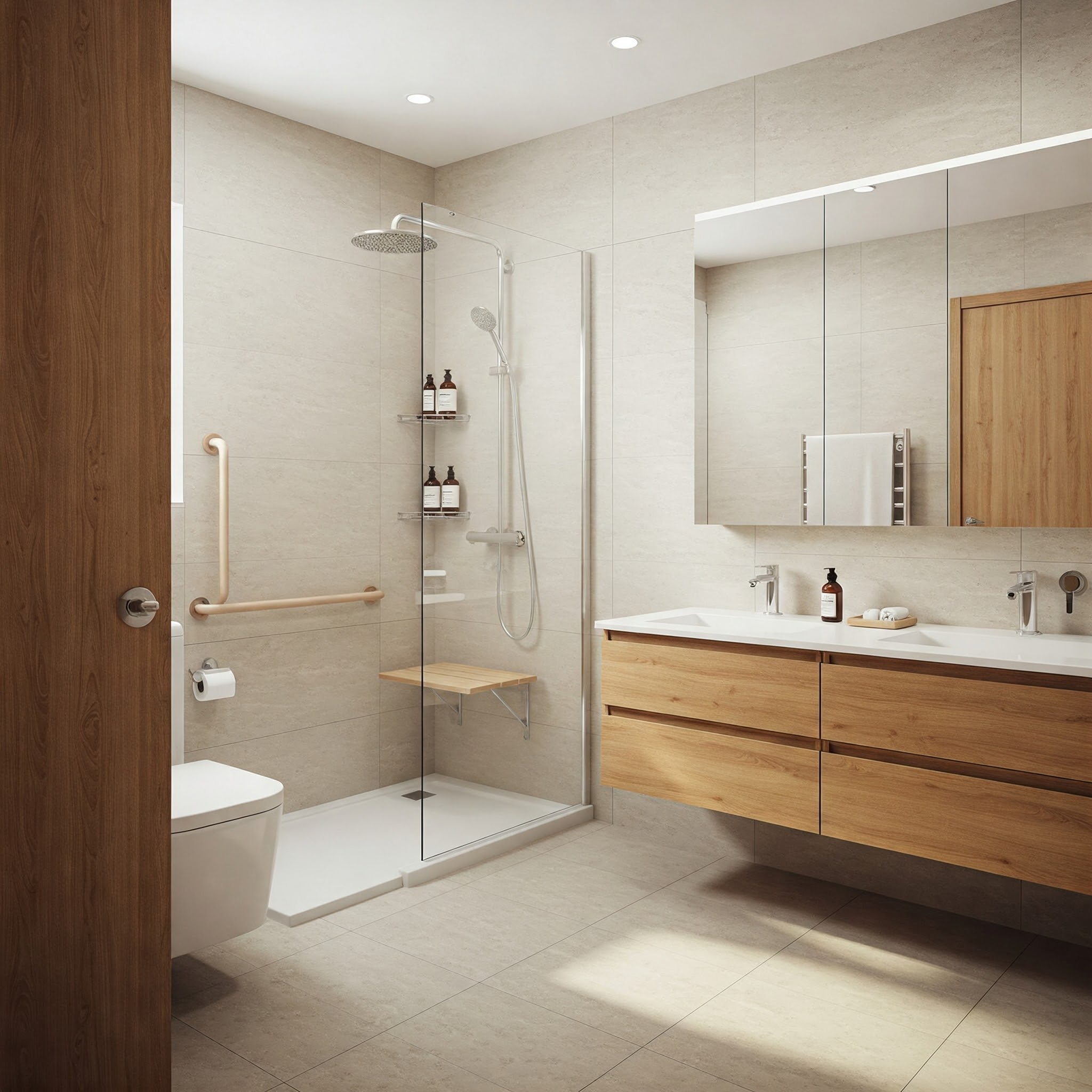

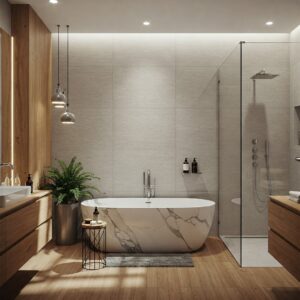
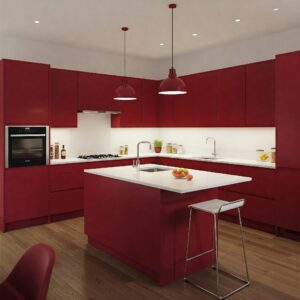
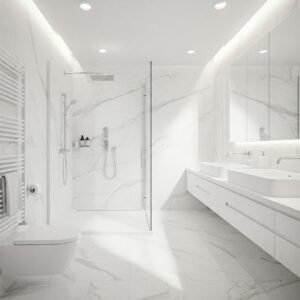
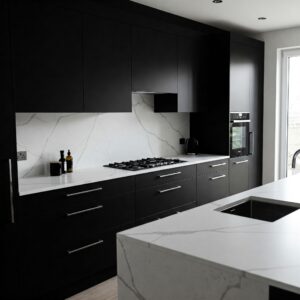
Leave a Comment